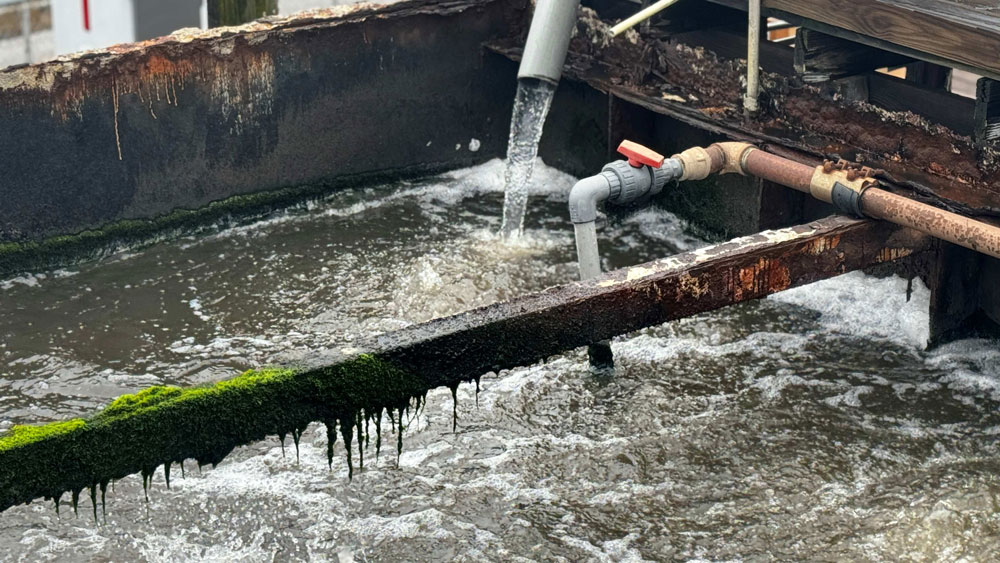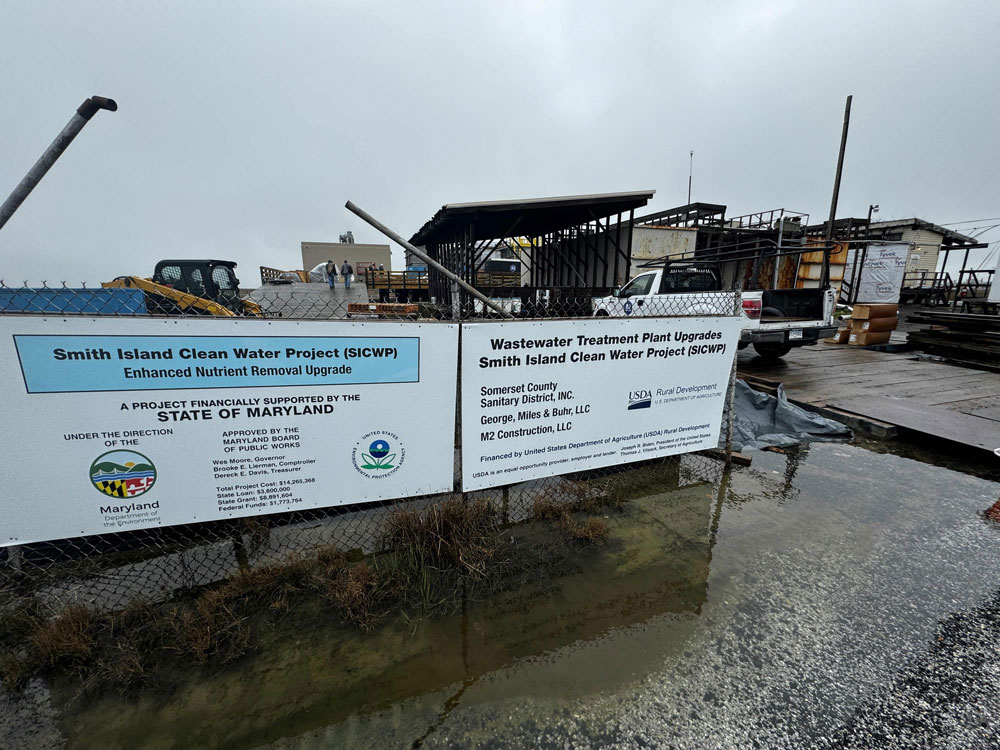Infra
Investing in Wastewater Infrastructure is Key to Preserving Smith Island, Maryland

Apr 23, 2024
For the people living on Smith Island, the water matters. But it’s about more than the beautiful views of the Chesapeake Bay from the picturesque island ten miles from the mainland. The multi-generational residents depend on the surrounding Chesapeake Bay for their livelihoods. For many, crabbing, oystering, and ecotourism are what puts dollars in their bank accounts, and food on their tables.
In rural communities like Smith Island, located in and along the Chesapeake Bay, aging wastewater facilities are in need of upgrades. Not only can this be an expensive problem for towns with small populations, but without the critical upgrades, the threat of combined sewer overflows from more frequent weather events and climate change could contribute to pollution of the Chesapeake Bay.
So, what is being done to help these rural communities protect the environment and preserve a way of life that impacts so many?
USDA Rural Development and partners are answering the call by investing in state-of-the art, modern wastewater treatment facilities in communities like Smith Island and many others located throughout the Chesapeake Bay watershed.
Smith Island Wastewater Treatment Facility
Smith Island’s wastewater treatment facility consisted of two pump stations, serving the three communities that make up Smith Island: Ewell, Rhodes Point, and Tylerton. After four decades and prolonged exposure to the elements, the components of the wastewater treatment facility began to corrode, break down, and fail. This left the surrounding bay and wildlife vulnerable to combined sewer overflows.
Federal, state, and local agencies collaborated on a solution: a new, modern wastewater treatment facility. Through the Water and Waste Disposal Loan and Grant Program, USDA Rural Development provided the community with $83,000 in loan, and $5,000,000 in grant funds, with other partners providing the balance, to help the community afford the $22.3 million Smith Island Wastewater Treatment Facility.
Peter Bozick, Executive Vice President of George, Miles & Buhr, LLC, the engineer and architecture firm that designed the new facility said, “The island is sinking slowly due to climate change and rising sea levels, and the former infrastructure was susceptible to flooding. In addition to replacing the treatment facility with new materials that can resist corrosion, we raised the pumping stations about five feet higher in order to be above the 100-year flood zone.”
Read more about how this significant investment in improving infrastructure on Smith Island is contributing to a positive outlook for the future of Smith Island.









:max_bytes(150000):strip_icc()/roundup-writereditor-loved-deals-tout-f5de51f85de145b2b1eb99cdb7b6cb84.jpg)


